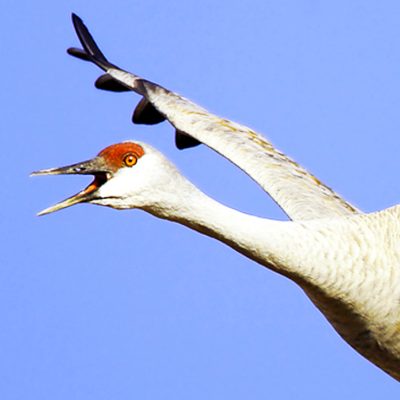$0.99
Ospreys are found on all continents except Antarctica and are always found near bodies of water. They migrate from their breeding grounds to warmer climates where their main food, fish, is plentiful. These large predators hover over the water and then plunge in to get the fish which they hold in their talons as they fly back to their nests. Ever see a bird shaking in the air like a dog? This would be an Osprey! These very large birds are very happy to nest on platforms built for them, and raise their chicks, and these platforms have been very helpful in reestablishing birds after years of loss of eggs from DDT.

